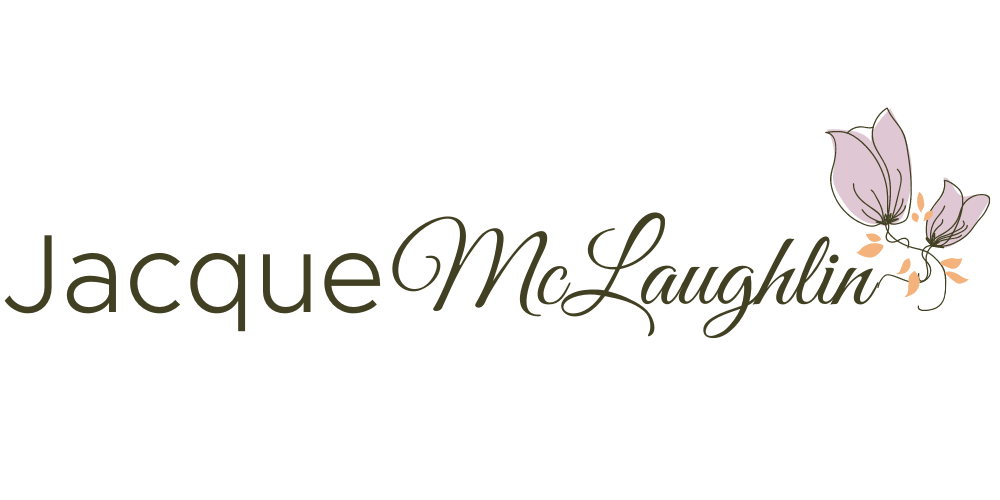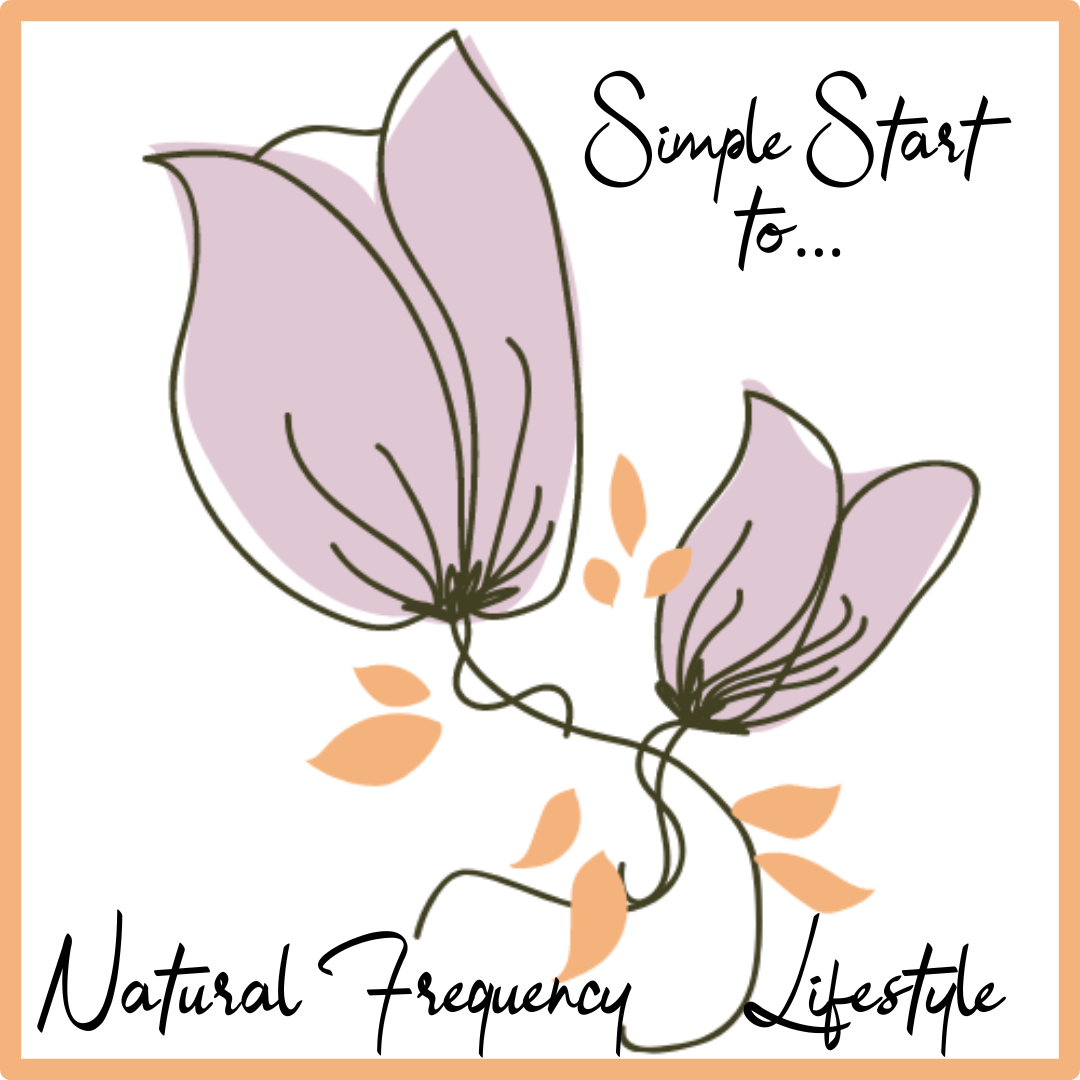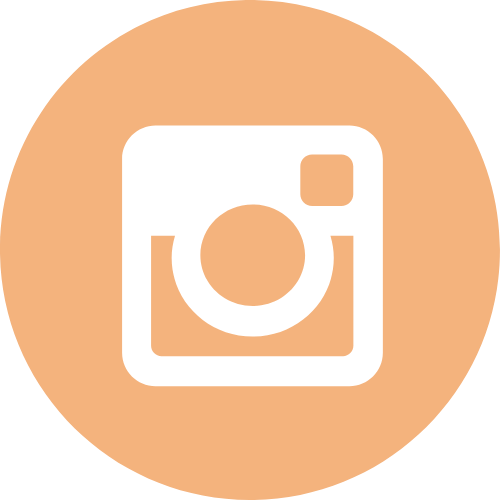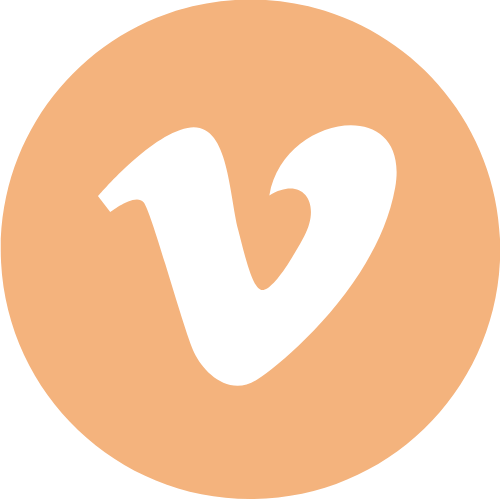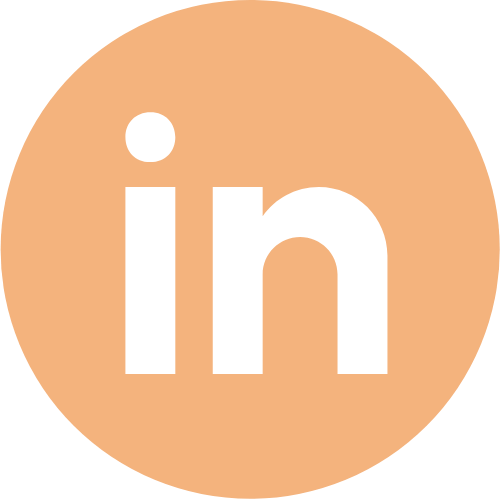Learn About the 14-Day Reset anyone can do for amazing health benefits!
Natural Wellness & Higher Vibrations!
I ignite the spark in those who've lost their zest for life, empowering them to elevate their vibration, rediscover their energy, and embrace enthusiasm for their dreams and the beauty of daily living.
Are you eager to elevate your wellness journey and align your vibrational frequency for optimal health? Embrace the power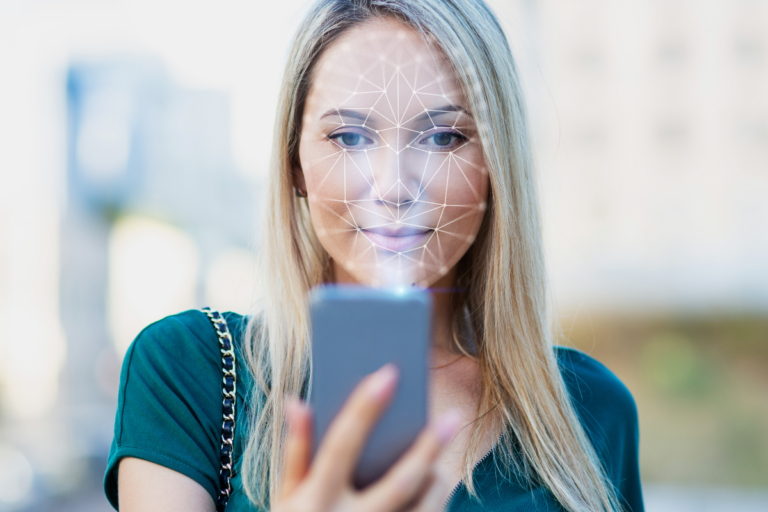 of cutting-edge technology that guides you in identifying the perfect starting point and effectively enhancing your wellness practices!
of cutting-edge technology that guides you in identifying the perfect starting point and effectively enhancing your wellness practices!
 of cutting-edge technology that guides you in identifying the perfect starting point and effectively enhancing your wellness practices!
of cutting-edge technology that guides you in identifying the perfect starting point and effectively enhancing your wellness practices!Transdermal Optical Imaging (TOI) stands at the forefront of health assessment innovations. This revolutionary approach offers a swift and precise wellness evaluation, revealing in-depth insights into your vibrational health.
Discover the transformative potential of Zyto Link technology. With this advanced tool, you can conduct your own wellness scans right from your smartphone at home. This is more than just a health check; it's a step towards harmonizing your vibrational frequency and transforming your wellness levels!
Raise Vibrations Nutritionally
Ready to raise your wellness through high vibration nutritional support? Get started by flooding the body with antioxidants!
Learn all about the antioxidant that keeps me going strong!
Learn More
Optimal wellness is all about raising your vibrational frequency at the cellular level by making better choices in your daily lifestyle. Get my FREE Simple Start to Natural Living and raise your health vibration!
In my blog, I share lots of education, tips & recipes for creating the frequency of health in every aspect of your life ~ physical, emotional & spiritual!
About My Art

I have always had a deep love for animals, and painting them allows me to showcase their unique personalities and quirks in a way that brings joy to their owners and admirers alike.
In addition to pet and animal portraits, I also enjoy painting landscapes and florals. The natural world has always been a great source of inspiration for me, and I find that painting these subjects allows me to connect more deeply with the beauty of our world.

